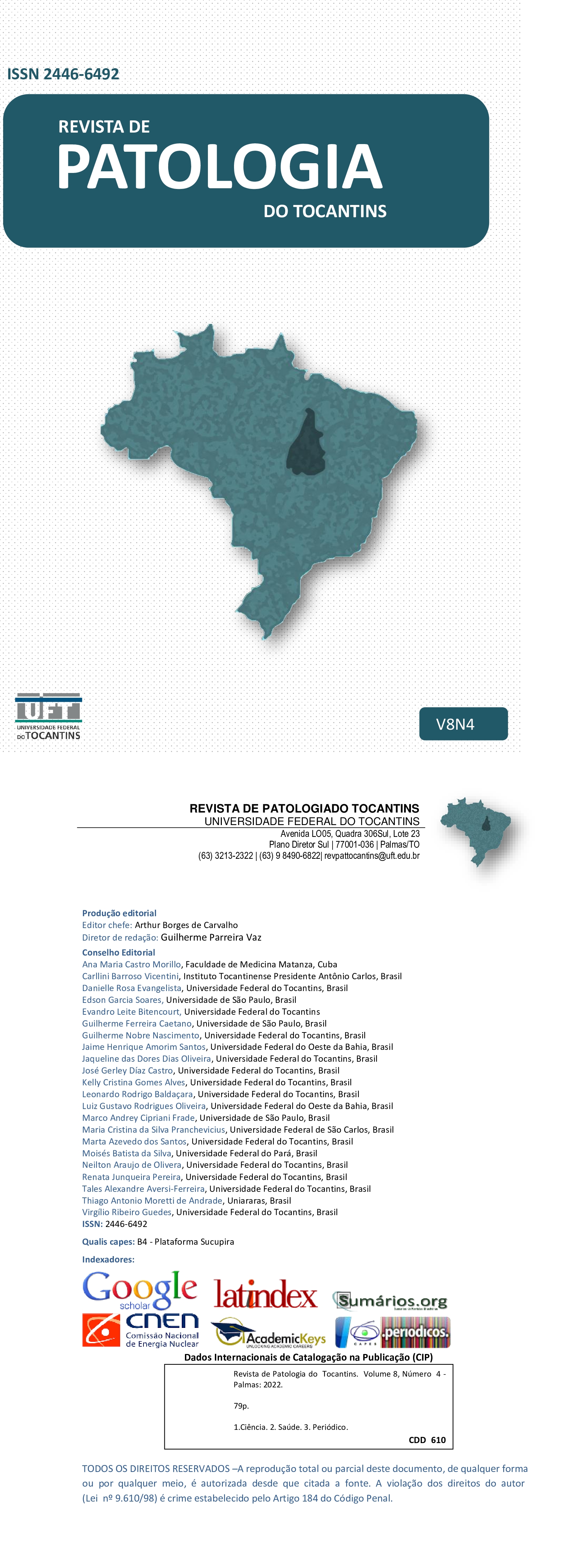Renal hypoxia, vascular calcification and crystalline nephropathy
DOI:
https://doi.org/10.20873/uft.2446-6492.2021v8n4p3Resumo
ABSTRACT
Objective: To emphasize the increase, in the last decades, in the incidence of kidney diseases and associated comorbidities and, within a wide range of kidney injury triggers, it is important to mention the nephropathies caused by crystal and mineral deposition, considering the often slow, gradual and asymptomatic progression of these disorders.
Methods: This is a literature review based on the search for articles related to the topics ‘Crystalluria and renal hypoxia’, in databases such as Pubmed, Bireme, Web of Science and Google Scholar.
Results: It can be observed that, of the metabolic processes involved, inflammation and renal hypoxia, which are mutually related, are variables of interest to be considered in this type of injury. Understanding and monitoring the impact of mineral deposition and / or the formation of crystals in the renal parenchyma is an extremely important factor in this context.
Conclusion: Mineral imbalance and the urinary saturation of some crystallization promoters, such as oxalate, as well as the inflammation and hypoxemia process, make the kidney environment prone to acute or chronic disorders, possibly due to the disconnected of these variables.
Keywords: Oxalate; hypoxia; vascular calcification; renal failure, chronic; COVID-19
Downloads
Publicado
Como Citar
Edição
Seção
Licença
Os autores declaram para os devidos fins de direito e obrigações, sob as penas previstas na Legislação vigente, que são autores/detentores dos Direitos Autorais do trabalho proposto nos termos dos artigos 28 a 33 da Lei Federal nº9.610 de 19 de fevereiro de 1998 (Lei dos Direitos Autorais).








